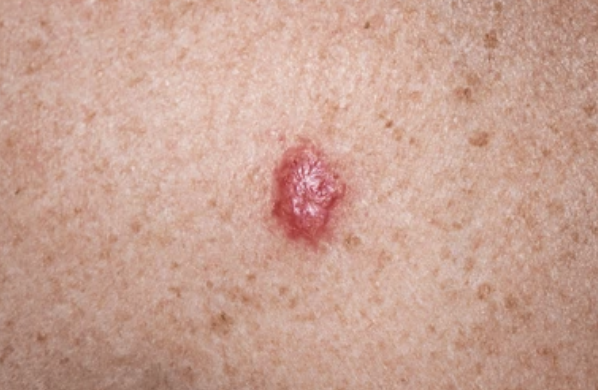IS BASAL CELL CARCINOMA SERIOUS?
London Dermatology | 21 October 2024
Mutations that arise in your skin’s DNA are the cause of skin cancer. The most common cause of skin cancer is exposure to the sun’s UV radiation. Skin cancer can be prevented by limiting exposure to these rays and routinely examining your skin for any odd changes. This is why it’s critical to treat any skin irregularities carefully and, if necessary, to contact your doctor as soon as possible.
One type of skin cancer that frequently appears on the head and neck is called basal cell carcinoma. It can, however, show up anywhere on the body. BCC, or basal cell cancer, tends to grow slowly. Rarely, it may become life-threatening and spread to other areas of the body. The cells in the lower layer of the epidermis, the skin’s topmost layer, are impacted by BCC. Basal cell carcinoma is more common in those with pale skin tones, blond hair, or skin that burns readily. The majority of those who suffer from this illness have a history of extended, high levels of sun exposure.
Every year, the majority of them fall into this form of skin cancer, which accounts for more than one out of every three malignancies.
However, the possibility of BCC cells moving outside of the initial tumour location is quite low. This malignancy has the potential to spread deeply into the skin, harming blood vessels and nerves. The afflicted skin tissue may potentially become permanently deformed and destroyed.
It all begins with a tiny, pearly protrusion that resembles a flesh-toned mole or a stubborn pimple. It can occasionally appear as a black patch or as glossy, somewhat scaly areas of pink or red. Symptoms of BCC can also include stiff, waxy skin growth.
You can prevent early skin damage by identifying the warning indications of BCC development early on. At first sight, many medical oncologists can determine whether or not your skin issue is a BCC. Numerous factors, such as the patient’s age and health, as well as the extent of the disease, influence the treatment decision.
Clinical and dermoscopic examinations—a non-invasive method of examining pigmented skin lesions—are typically part of the diagnosis of BCC. In a procedure known as a biopsy, your dermatologist will obtain a sample of the developing cancer cell. To screen for cancer cells, the procedure could involve numbing the affected region and removing a portion of the skin.

